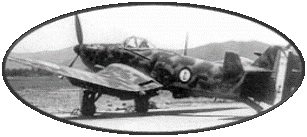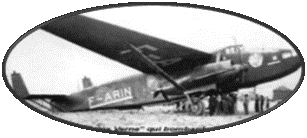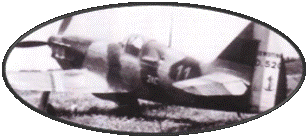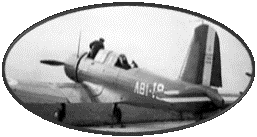Designed by Giuseppe Gabrielli,
the Fiat G.50 is the first modern Italian fighter. It is a monoplane
aircraft of all-metal construction equipped with a retractable landing
gear. It flew for the first time on February 26, 1937. Its engine,
little powerful heavily penalizes its speed of rise and its armament
is considered too weak.
Although it was the Macchi
200 that won the competition, the Fiat G50 was ordered and the first
units are delivered in units late 1938. The standard devices have
undergone some changes: the canopy, closed on the prototype, is
now open. which still penalizes the performances ... In January
1939, 12 Fiat G50 were sent to Spain where they realized only missions
of escort. These first engagements confirmed the defects of the
apparatus: it is slow, and not very armed. Its maneuverability is
appreciated.
At the entry into the war
of Italy on June 10, 1940, 118 Fiat G50 are operational and participate
in escort missions of bombers without meeting the French hunt.
From October 1940, they will
be used from Belgium to escort bombers over England, but again without
encountering the enemy hunt and the only losses are related to accidents.
It was only during the fighting
in Greece that the Fiat G50 fought the enemy hunt. These, Gloster
Gladiator biplanes, were however outclassed by the Fiat G50, except
in spinning action.
In 1940, a new version, the
Fiat G50-bis is developed. The motorization is unchanged, the performance
remains insufficient ... The changes made especially to improve
maintenance. Radio equipment is another weak point of the device,
but it will be necessary to wait until 1941 so that it is equipped
with a more efficient equipment. The G.50 and G.50 bis also participated
in the North African campaign from December 1940, but the first
aircraft, delivered without sand filters, experienced many mechanical
problems. The G50s are still outmatched by the more modern enemy
aircraft, and they are finally used for ground attack missions.
For this, they receive racks under the wings to be able to carry
two bombs of 100kg.
From 1943, the Fiat G50 gradually
disappeared from the theater of operation.













